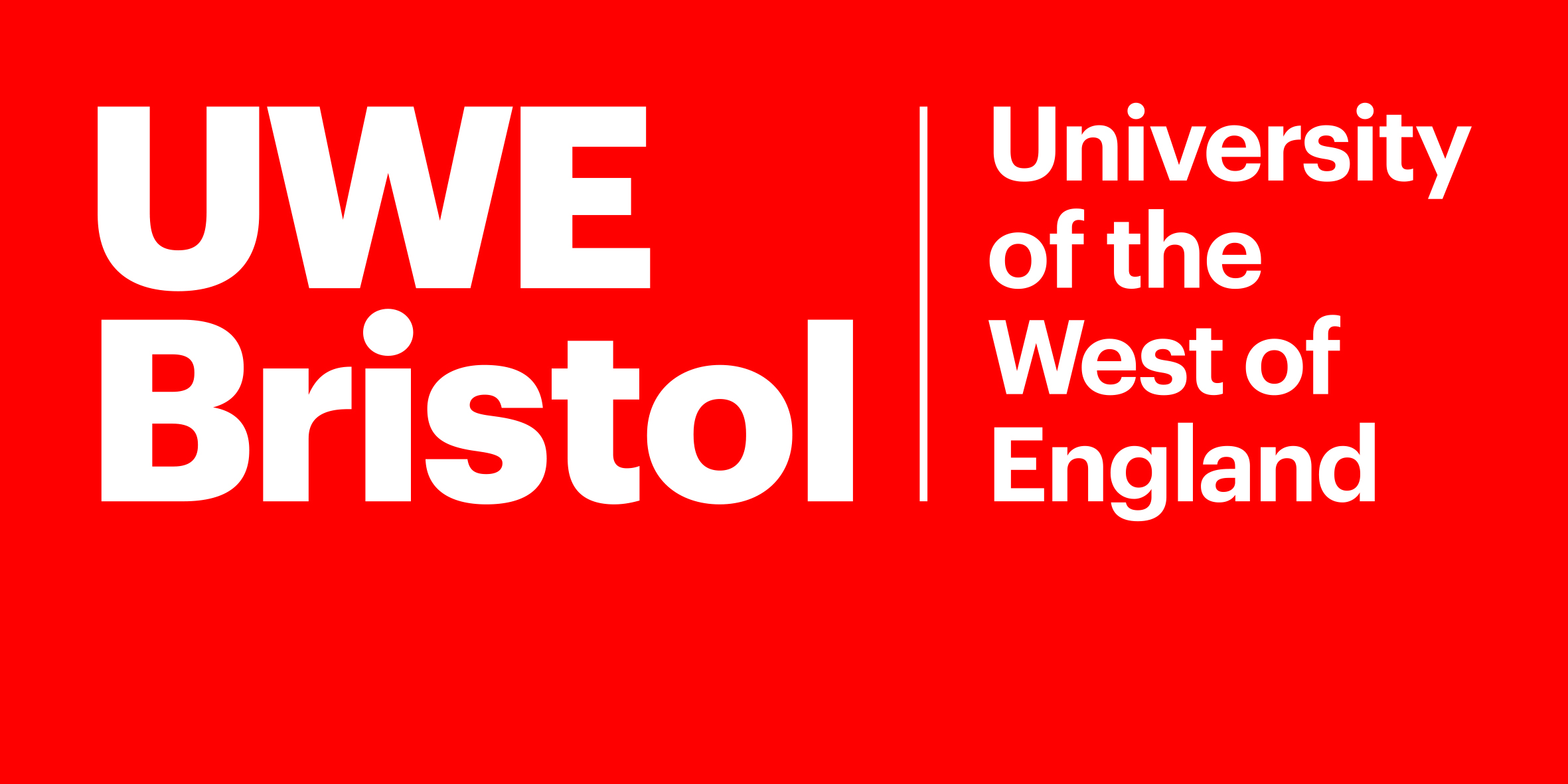Shashank Satish
Bridging innovation and practice: Assessing the readiness for 3D printing in construction
Satish, Shashank; Umar, Tariq
Abstract
Abstract
Design/methodology/approach (limit 100 words):
The literature review discusses both the benefits—such as lower labour costs, faster construction times, and less material waste—and the drawbacks—such as high initial costs, reliance on traditional methods, and a lack of standardized regulations. A quantitative research methodology was used to investigate these issues, which included distributing a structured survey to 150 construction industry professionals. The survey's purpose was to collect detailed quantitative data on 3D printing perceptions, preferences, and experiences. The data were analysed with SPSS software using descriptive statistics, correlation analysis, and reliability testing, which provided a thorough understanding of the factors influencing 3D printing adoption.
Purpose (limit 100 words)
This study investigates the factors that influence 3D printing technology adoption in the construction industry, with a focus on the economic, environmental, social, and regulatory barriers to widespread integration. Despite the widely acknowledged potential of 3D printing to transform construction practices by lowering costs, increasing efficiency, and enhancing sustainability, adoption has been slow. The research focus on the challenges with economic, social, environmental, and regulatory factors.
Findings (limit 100 words):
The study concludes with actionable recommendations to address these challenges, such as advocating for increased government support through subsidies and incentives, investing in training and education to reduce resistance to change, and developing standardized regulations to ensure the safe and effective implementation of 3D printing. These strategies, which are consistent with the literature, are required for the construction industry to fully realize the benefits of 3D printing technology, ultimately increasing productivity, lowering costs, and contributing to more sustainable construction practices.
Research limitations/implications (limit 100 words)
This study has several limitations. The sample size was modest and geographically limited, which may restrict the generalizability of the findings to broader construction contexts. Additionally, some survey constructs demonstrated low internal reliability, suggesting the need for more refined measurement tools in future studies. The cross-sectional design also limits the ability to assess changes in perceptions over time. Despite these limitations, the study provides important insights into the economic, social, environmental, and regulatory barriers to 3D printing adoption. The findings offer practical implications for industry stakeholders, policymakers, and researchers seeking to advance innovation within the construction sector.
Practical implications (limit 100 words)
The findings of this study provide actionable insights for construction industry stakeholders seeking to adopt 3D printing technologies. Addressing economic challenges through financial incentives, training, and partnerships can enhance feasibility, particularly for SMEs. Environmental benefits such as material efficiency and reduced waste should be leveraged to support sustainable practices. Policymakers must develop clear regulatory frameworks to streamline approvals and ensure safety. Training programs and awareness campaigns are essential to overcome social resistance and skill gaps. By addressing these areas, industry professionals and decision-makers can accelerate the responsible integration of 3D printing and drive innovation in construction processes.
Social implications (limit 100 words)
The adoption of 3D printing in construction carries significant social implications, particularly in workforce transformation and public acceptance. While the technology may reduce demand for manual labour, it creates opportunities for skilled jobs in digital design, robotics, and machinery operation. This shift highlights the urgent need for reskilling and upskilling programmes. Additionally, public perception plays a crucial role; concerns about safety, reliability, and job displacement can hinder adoption. Raising awareness through education and demonstration projects can build trust and acceptance. Promoting inclusive access to training and employment in 3D printing can also support social equity and technological inclusion.
Originality/value (limit 100 words):
This research reveals that 3D printing in the construction industry has numerous advantages and a few evident issues that have to be resolved to let construction use this effective type of technology more often. What is needed is a more consolidated, coordinated, and systematic approach through the formation of strategic alliances, the development of complete legal codes, and the promotion of lessons with construction ideas and information. Such an approach will additionally help to eliminate current barriers and guarantee that the construction industry will be ready to meet future requirements and challenges effectively.
| Journal Article Type | Article |
|---|---|
| Acceptance Date | Apr 30, 2025 |
| Online Publication Date | May 27, 2025 |
| Deposit Date | May 26, 2025 |
| Publicly Available Date | May 28, 2025 |
| Journal | Engineering, Construction and Architectural Management |
| Print ISSN | 0969-9988 |
| Electronic ISSN | 1365-232X |
| Publisher | Emerald |
| Peer Reviewed | Peer Reviewed |
| ISBN | 0969-9988 |
| DOI | https://doi.org/10.1108/ECAM-09-2024-1284 |
| Keywords | 3D Printing in Construction, Construction Industry Innovation, Industry 4.0, Additive Manufacturing, Digital Fabrication, Productivity in Construction |
| Public URL | https://uwe-repository.worktribe.com/output/14343221 |
| Publisher URL | https://www.emerald.com/insight/content/doi/10.1108/ecam-09-2024-1284/full/html |
| Related Public URLs | https://www.emerald.com/insight/content/doi/10.1108/ecam-09-2024-1284/full/html |

Build resilient infrastructure, promote inclusive and sustainable industrialisation and foster innovation

Make cities and human settlements inclusive, safe, resilient and sustainable

Ensure sustainable consumption and production patterns

Take urgent action to combat climate change and its impacts
Files
Bridging innovation and practice: Assessing the readiness for 3D printing in construction
(739 Kb)
PDF
Licence
http://creativecommons.org/licenses/by/4.0/
Copyright Statement
This is the author's accepted manuscript. The final published version is available here: https://doi.org/10.1108/ECAM-09-2024-1284
You might also like
Solar-integrated biogas reactor for efficient kitchen waste conversion to biogas
(2024)
Journal Article
Revamping occupational safety and health (OS&H) regulations in Pakistan
(2024)
Presentation / Conference Contribution
Downloadable Citations
About UWE Bristol Research Repository
Administrator e-mail: repository@uwe.ac.uk
This application uses the following open-source libraries:
SheetJS Community Edition
Apache License Version 2.0 (http://www.apache.org/licenses/)
PDF.js
Apache License Version 2.0 (http://www.apache.org/licenses/)
Font Awesome
SIL OFL 1.1 (http://scripts.sil.org/OFL)
MIT License (http://opensource.org/licenses/mit-license.html)
CC BY 3.0 ( http://creativecommons.org/licenses/by/3.0/)
Powered by Worktribe © 2025
Advanced Search
